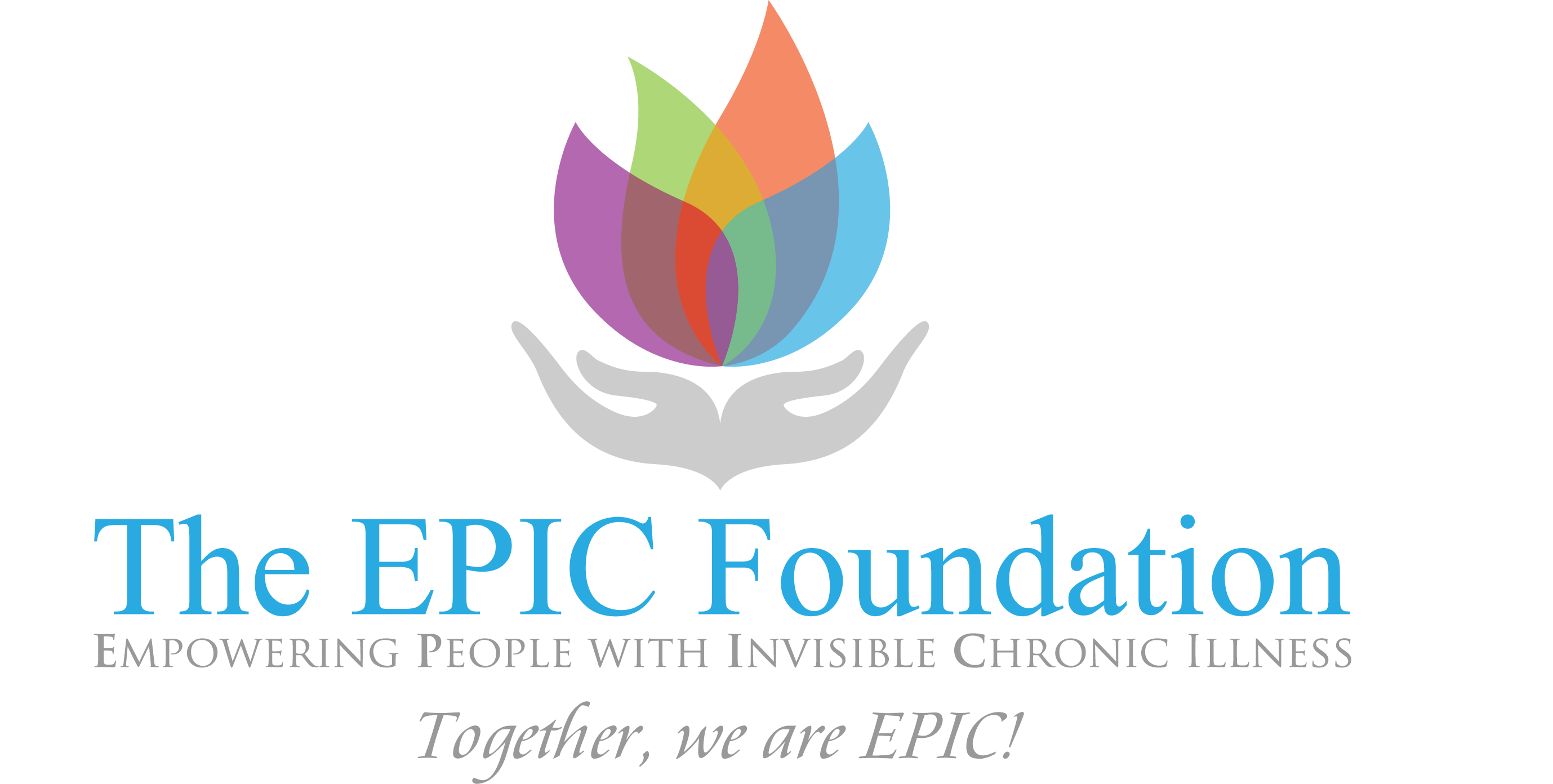Celiac Disease
By Anubhav Gautam
Celiac disease, also known as gluten-sensitive enteropathy, is an immune reaction against eating gluten. Gluten is a protein found in wheat, barley and rye. Celiac disease is a long-term autoimmune disorder which causes symptoms such as chronic diarrhea, abdominal distension, loss of appetite and malabsorption. Even though it primarily affects the small intestine, the problems as mentioned manifest to create more unfavorable conditions such as growth deficiency in children. A hereditary disease, celiac disease is rather common, with about 1 in 100 people in the world suffering from the illness, as reported by the Celiac Disease Foundation, and approximately three million Americans have been affected by the disease. (1)
Celiac disease Causes
The exact reason for the celiac disease to exist in the first place is unknown, but what can be said is that it occurs due to the interaction between genes and eating a gluten diet. Celiac disease causes the body to produce antibodies against gluten, which in turn creates inflammation in the small intestine. This damages the tiny hair-like structures called villi. The primary function of the villi is to absorb nutrients from food, so with celiac disease, a person is most likely always to remain malnourished.
Celiac disease Symptoms
The symptoms of Celiac disease vary across individuals. There are more than 300 reported symptoms of Celiac disease, and it might be different between adults and children (2). It is reported that 80% of the cases of Celiac disease go undiagnosed or misdiagnosed. (3)
Here are some common symptoms of Celiac disease:
Digestive problems (abdominal bloating, gas, pain, diarrhea, pale stools)
Skin Rash (Dermatitis Herpetiformis)
Anemia (low blood count)
Muscle Cramps, Pain in the bone and joints
Weak Bones
Vomiting
Growth deficiency or delayed growth in children.
Frequent Seizures.
Tingling sensation in the legs.
Aphthous ulcers (sores in the mouth).
Missed menstrual periods.
Headaches and Migraines
Problems Gaining Weight
Anxiety and Depression
The symptoms of Celiac disease mostly appear in children and grow in the later stages. However, this is not a fixed rule, and it might affect people for the first time in their adulthood. (4).
Celiac disease often is accompanied by other conditions. People with Celiac disease may also be affected by the following conditions, though this is not always the case:
Lupus
Rheumatoid arthritis
Type 1 diabetes
Autoimmune liver disease
Sjogren’s syndrome
Thyroid disease
Addison’s disease
Down syndrome
Lactose intolerance
Turner syndrome
Intestinal lymphoma
Intestinal cancer
Celiac disease Diagnosis
The diagnosis of celiac disease may be in various phases, starting from physical checkups, blood tests and biopsy. The blood tests for Celiac disease may include complete blood count (CBC), cholesterol test, liver function test, alkaline phosphatase level test and serum albumin test. In other cases, skin biopsy test or upper endoscopy test might also be done to diagnose Celiac disease.
Celiac disease Treatment
To date, no medicine has been made for Celiac disease, so the only way to help the problem is to eliminate gluten from the diet.
All of these foods contain gluten and should be avoided. (5)
Wheat
Other varieties of wheat
Wheat berries
spelt
durum
emmer
semolina
farina
graham
farro
KAMUT® Khorasan Wheat
einkorn wheat
Rye
Barley
Triticale
Malt
Brewer’s Yeast
Wheat Starch
Some common foods such as noodles, pasta, bread, fries, etc. could contain gluten, so the individual should be conscious of their diet. Not to mention, stuff like lipsticks, health supplements, drugs or such could also contain gluten and should be carefully considered.
The doctor could refer the patient to a nutritionist specialist for helping with a gluten-free diet. Timely follow-ups will also be required, so contact your nearest health care professional if you are suspicious of celiac disease.
References:
- https://www.cureceliacdisease.org/wp-content/uploads/341_CDCFactSheets8_FactsFigures.pd
- https://www.beyondceliac.org/celiac-disease/symptoms/
- https://www.beyondceliac.org/celiac-disease/facts-and-figures/
- http://www.espghan.org/fileadmin/user_upload/guidelines_pdf/Guidelines_2404/European_Society_for_Pediatric_Gastroenterology_.28__1_.pdf
- https://celiac.org/gluten-free-living/what-is-gluten/sources-of-gluten/
